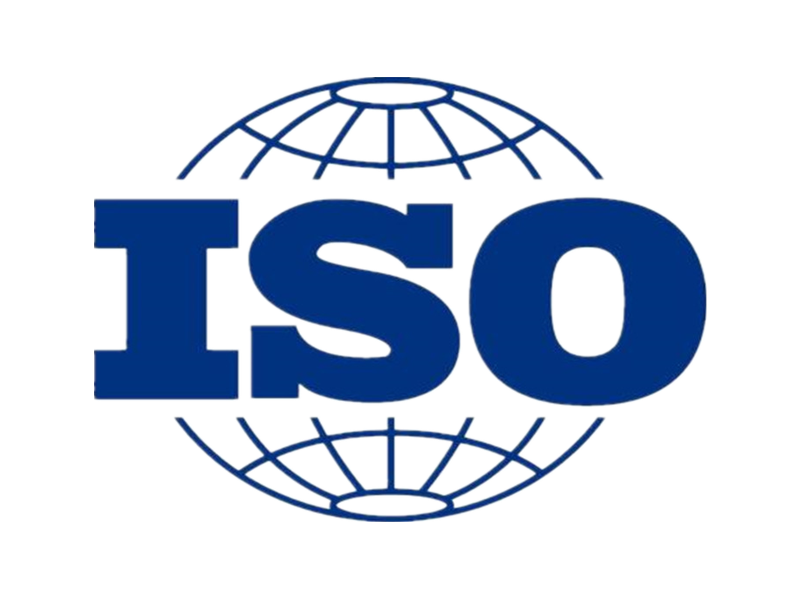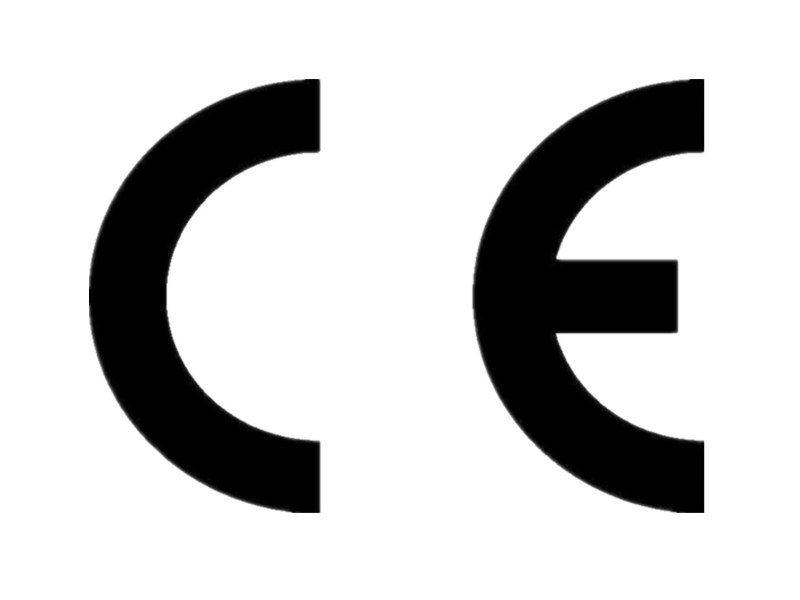Water Ripple Sheets 007 By Bwt Metal
by:East King
2020-08-30
The central atom is responsible for its magnetic properties. All grades resist damage from aldehydes and amines, though in the latter case Type 316 is preferable to Type 304; cellulose acetate damages Type 304 unless the temperature is kept low. Fats and fatty acids solely affect Type 304 at temperatures above one hundred fifty °C (302 °F) and Type 316 SS above 260 °C (500 °F), whereas Type 317 SS is unaffected at all temperatures. Stainless steel just isn't utterly immune to corrosion as proven on this desalination tools. Uniform corrosion takes place in very aggressive environments, typically where chemical compounds are produced or heavily used, similar to in the pulp and paper industries.
If you continue to have minimal discoloration you want removed, you should use issues corresponding to Zep Polish or a Scotch Brite pad, specially on #four end stainless, for instance. The trick with an angle grinder is to not try to reduce the metal with one cross. That means, you are losing the wheel and effectively heating up the steel, causing distortion and discoloration. Angle grinders do not really reduce - they sand their method via the metallic creating a large amount of heat. One device that really cuts by way of the steel is called a 'nibbler'.
The whole surface of the steel is attacked, and the corrosion is expressed as corrosion price in mm/year (often less than 0.1 mm/12 months is appropriate for such circumstances). Austenitizing, in which the steel is heated to a temperature within the vary 980–1,050 °C (1,800–1,920 °F), relying on grade. The resulting austenite has a face-centered cubic crystal structure. In the 1840s, each Sheffield steelmakers and Krupp had been producing chromium steel with the latter using it for cannons in the 1850s.
Hand operated, air powered, electric, and as a small attachment for an electric drill. As you could have implied, heating the metal is actually altering it near the cut and causing it to discolor. There's not soot or anything you possibly can clear off - the metallic is changed.
In 1861, Robert Forester Mushet took out a patent on chromium steel. addition of molybdenum (which also improves resistance to 'pitting corrosion').
Custom message











